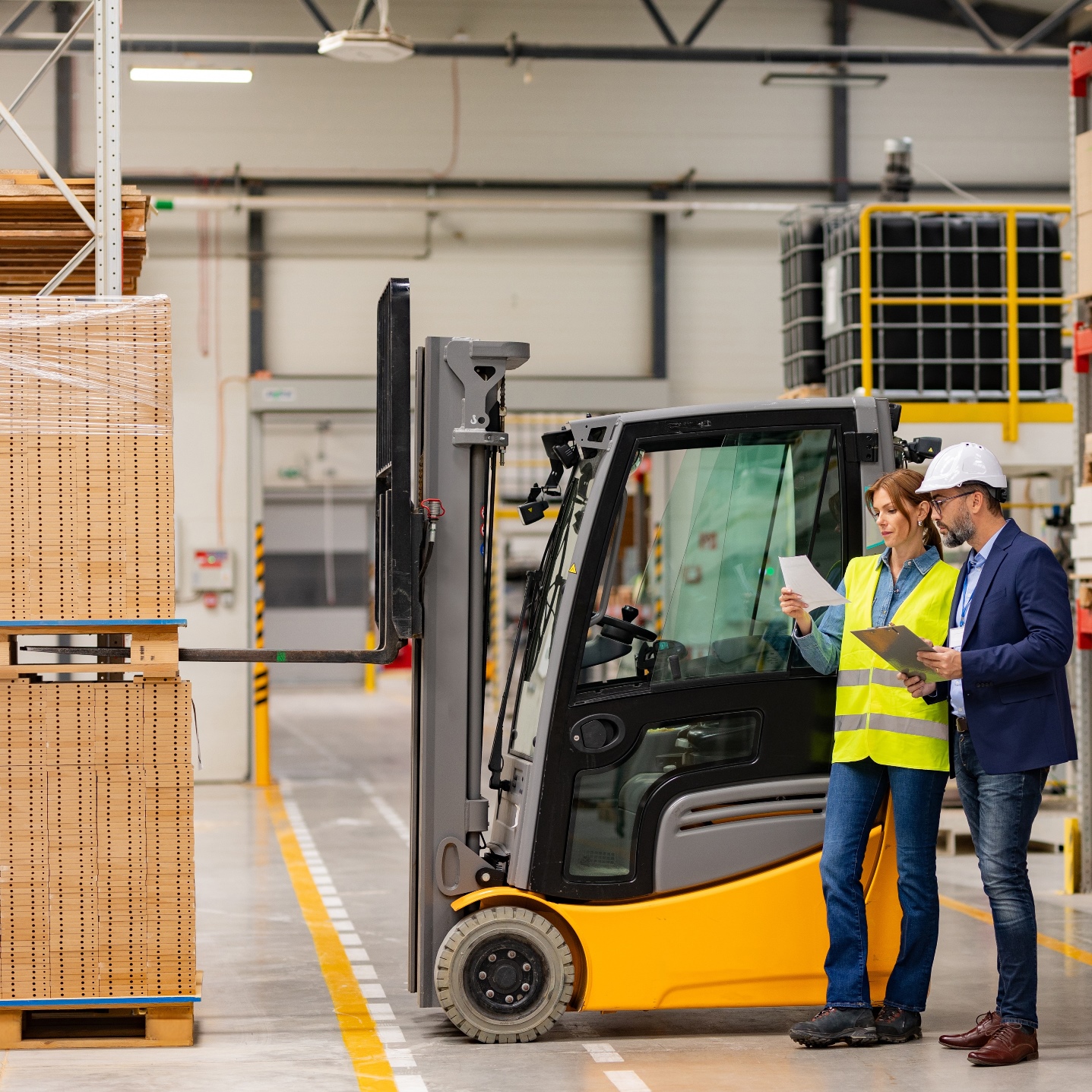Art shipping safeguards irreplaceable artifacts of culture, history, and creativity. It matters greatly when such pieces are transported to museums, galleries, or private collections. One misplaced hand or one bad lift can forever mar a priceless piece.
Let’s take, for example, an exquisitely designed sculpture weighing over 1,000 lbs and valued at millions, which must be moved across the nation. A single misstep could cause incalculable financial and cultural loss. This is the reality professionals in the art shipping industry face every day.
Shipping art safely is not just about brute strength. It combines expertise, careful planning, and the right tools. Whether a Renaissance painting or a contemporary installation, every piece demands its precautions. Heavy lifting, in particular, is where both skill and safety intersect. This is why best practices in art shipping are so important, especially when dealing with irreplaceable pieces.
Safety Essentials: Training and Certification
When it comes to moving heavy artwork, trained hands are non-negotiable. The role of certified professionals cannot be overstated, especially for operating equipment like forklifts. Proper training ensures that the delicate balance between strength and finesse is maintained.
For instance, a forklift is frequently essential for transporting large sculptures or installation art. However, using a forklift is not merely getting into the operator’s seat. This is where forklift certification for experienced operators becomes very important. Certified operators can handle the machinery safely, comply with regulations, and reduce the chances of accidents. Florida has accessible programs designed to provide certification, an essential resource for art shipping teams.
Certification is more than just having a document; it's a protective measure. Lacking certification increases risks—not only for the artwork but also for those involved. Investing in training and certification is the first step in ensuring a secure and efficient art shipping process.
Proper Equipment: Tools That Get the Job Done
Even the best working team can accomplish only so much without the right tools. Art shipments require tools specialized for heavy and delicate handling and lifting. Moving massive or fragile works of art requires moving equipment, some of which involve forklifts, dollies, cranes, and highly customized rigging systems.
Take a large marble statue, for example. The risk of damage or injury skyrockets without a forklift to carefully lift and move it. But it's not just about having the equipment. It’s also knowing how to use it effectively. Improper tool usage can lead to costly errors, from scratched surfaces to broken pieces.
Choosing the right equipment for the artwork's weight, size, and fragility can make all the difference. This will avoid mishaps and guarantee that every item reaches its destination in excellent condition.
Planning and Preparation: The Key to Success
Art shipping needs meticulous planning and preparation. It starts well before the heavy lifting begins. Every step must be well thought out, from pre-move assessment to permits.
One key practice is assessing the artwork's weight and dimensions. This will determine the required equipment and number of team members. For example, an extensive painting might require special crating and extra hands to prevent tipping or shifting during transport.
Load balancing is another critical step. The load's weight is distributed evenly on tools like a forklift or dolly to minimize the chances of tipping over and enhance maneuverability. A well-coordinated team that communicates effectively will be capable of foreseeing challenges and adjusting swiftly. Preparation isn't just a logistical necessity but the backbone of a safe and smooth shipping process.
Teamwork and Communication: No Lone Rangers Here
Heavy lifting in art shipping is a team effort—literally. No matter how experienced an individual is, they can't handle the job alone. Proper coordination and effective communication will prevent mishaps in such processes.
Imagine a scenario where one person is lifting while another stabilizes. A simple miscommunication, like moving before the stabilizer is ready, can lead to disaster. To prevent this, team members should establish clear signals and protocols. Being on the same page minimizes risks, whether it’s a hand gesture or a verbal cue.
Humor can also be an asset in developing a good team. Banter in preparation is an easy way to break the tension and bond together. But once the actual lifting begins, it's time for focus and precision. A tight-knit team is essential for the safe transport of heavy artwork.
Risk Mitigation: What Could Go Wrong?
Despite best efforts, things can go wrong. Typical risks involve injuries to team members, damage to property, and, most importantly, potential harm to the artwork itself. To reduce these risks, it is crucial to carry out safety drills and establish contingency plans.
Having insurance is essential as well. While contemplating worst-case scenarios is unpleasant, appropriate coverage provides financial protection in case unforeseen events occur. Consistent maintenance of equipment also decreases the chances of malfunctions. Art shippers can significantly reduce the chances of an incident by proactively addressing potential hazards.
Art Shipping Is an Art
Shipping hefty artwork is a delicate balance of skill, strategy, and teamwork. Every detail matters, from the correct certifications to proper equipment and meticulous planning. Safety isn't just a box to check but a commitment to preserving the integrity of each piece and protecting those handling it.
The best practices are followed to turn the art shipping process into an art rather than just a logistical challenge. The right approach ensures even the heaviest masterpieces are moved with care and precision so they can inspire for generations.
